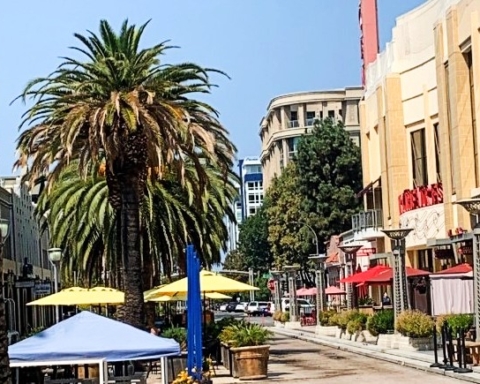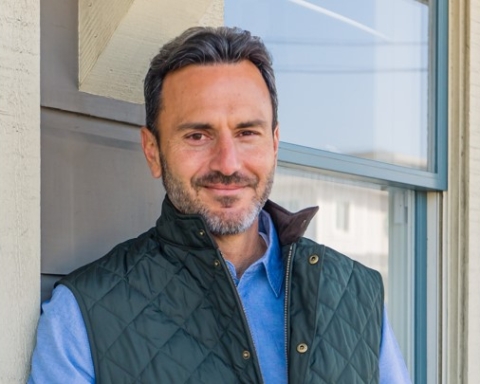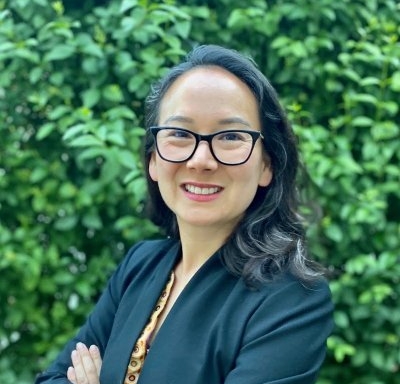San Mateo County, long a bastion of an unchanging governmental environment, has plunged into the most radical change to occur since the formation of the county 165 years ago.
In a breathtakingly brief period of time, 11 of the county’s 20 cities have changed or are in the process of changing how they elect their representatives, moving from at-large, where every council member is elected citywide, to by-district, where voters in a specific district elect only their representative. Add in the San Mateo County Board of Supervisors, which switched to district elections in 2012, and the growing number of school districts making the transition, and it is safe to say a revolution is taking place in local government.
The consequences of this sweeping change to district elections are only beginning to reveal themselves, but it is safe to say there will be unexpected results and it is likely the political landscape is changed forever. It is boom times for the law of unintended consequences.
“There is no going back,” said Jim Hartnett, a former Redwood City mayor and multi-term member of the Redwood City Council. “Whether people like it or not, it’s not going back.”
This change was forced on nearly every jurisdiction. Attorneys throughout the state have been sending letters to cities and school districts that elect representatives citywide or district wide, asserting that they are in violation of the California Voting Rights Act. The threshold for proving their case is fairly low. Historic voting trends merely have to show that minority candidates for any office—city council, U.S. senator, lieutenant governor—routinely were unable to elect persons from the same ethnic minority, essentially disenfranchising minority voters. Courts have interpreted the CVRA broadly; challenging the law has been expensive and unsuccessful.
Most Cities Comply
More than 100 cities have received a CVRA letter, and the vast majority have opted not to fight. Every city in the county that has received a letter has chosen to comply with the demand to shift to district elections.
“It’s a legal fact of life,” said Hartnett. “There’s no sense in fighting over it.”
Four cities divided their communities into districts in time for last year’s election—South San Francisco, Redwood City, Half Moon Bay, and Pacifica. Menlo Park was the first city penguin off the ice floe, moving to districts for the 2018 election. A sixth city, Woodside, oddly enough, has had councilmembers elected citywide from districts. The town initiated its own effort to switch to election by district.
Five cities are in various stages of switching to district elections. Millbrae received a CVRA letter on March 8, but has yet to start drawing districts. Burlingame received a demand letter in January 2020, and is deep in a process it has dubbed “5 Districts—One Burlingame.” San Mateo received a demand letter in May and also is in the process. Belmont only recently received a demand letter and has barely begun its discussions. San Bruno decided to start the process without waiting to get the inevitable letter.
All are legally compelled to implement district elections by the November 2022 elections.
Nine cities have no districts and, so far, have not received a letter. Five are among the county’s smallest cities—Brisbane, Atherton, Colma, Portola Valley and Hillsborough—and it appears they are unlikely targets for the ever-eager attorneys. Two of the cities would appear to be likely targets—Foster City and San Carlos.
Two Exceptions
And two cities of substantial size—Daly City and East Palo Alto—may be immune to the civil rights accusations. Both cities are majority-minority communities—more nonwhites than whites. In East Palo Alto, the whole city council, reflective of its community, is composed of entirely of Latino or black members. In Daly City, four of its five councilmembers are minorities (a term that seems increasingly outdated). Three councilmembers are from the city’s Filipino community, which makes up more than one-third of Daly City’s population.
Three cities—Burlingame, San Mateo and Redwood City—have toyed with using the change to consider an at-large mayor. But they have moved on for a variety of reasons—the other district-based councilmembers fear being overshadowed by a citywide mayor; the process of drawing district lines, either for the first time or the second (the county, Redwood City, Menlo Park, South City) is just too much to take on; and it might invite further legal challenges.
The immediate impact of district elections at the city level has been to elect councilmembers who had limited chances of winning a citywide election. Instead, well-established incumbents have been defeated, often in districts small enough for a challenger to knock on every door of every would-be voter. And not to understate this, but because of districts more minorities are being elected than ever—in some instances, breaking up longstanding all-white council lineups.
In Redwood City, political unknown Lisette Espinoza-Garnica, a self-described nonbinary Latinx, who advocated abolition of the police department, parlayed a grassroots campaign and union connections into a win over incumbent Janet Borgens. In Menlo Park, two-term incumbents Kirsten Keith and Peter Ohtaki were defeated by Cecilia Taylor and Drew Combs. Taylor was the first black woman elected to the council and the first from the city’s majority-minority Belle Haven neighborhood in more than three decades. In South San Francisco, district elections had an impact that rippled through the political status quo—then-21-year-old gay Asian American James Coleman, campaigning while attending Harvard remotely, defeated longtime incumbent Rich Garbarino, a widely liked and well-connected figure countywide.
“If South City and Redwood City had not moved to district elections, we almost certainly would have seen the re-election of Rich Garbarino and Janet Borgens,” said a consultant.
“A Perfect Storm”
And if 2020 had not been 2020—marked by a pandemic, a deeply divisive and energized presidential election and the murder of George Floyd by a police officer. “It was a perfect storm for someone to come in and win,” said one veteran political advisor.
In some instances, the district elections allow newcomers to bypass the traditional path to office, including service on a city board or commission, high-profile participation in community events and nonprofits and building a base among a city’s customary political establishment.
This also means a wave of newcomers who do not feel the need to “wait their turn” in running for office, but also face a steep learning curve on such basic topics as how a city works, the budgeting process, issues of citywide importance (land use, in particular) that extend beyond a specific district and the most fundamental city council reality: winning the votes of a majority of council colleagues.
“The downside is that it means electing somebody who has almost no experience at any level —government, nonprofit. The wheels of government run slowly enough when you have people with experience,” said one veteran local government political and public affairs advisor.
District elections also mean a greater expectation that a councilmember will intervene on such nuts-and-bolts matters as a pothole or garbage pickup.
Leveling the Playing Field
This also could strain city budgets and staff, who now must consider how to serve councilmembers who may want to hold office hours or produce a city-sponsored district newsletter. It has prompted at least one local public affairs consultant to suggest that current city councils need to do a better job of recruiting a diversity of people to boards and commissions, the minor leagues of government service. Cities ought to consider public financing of campaigns to ensure a level playing field for all candidates, the consultant said, and better compensation for councilmembers as district elections are likely to increase the amount of time an officeholder will spend on what is supposed to be a part-time job.
“When you shrink the territory, it reduces a candidate’s cost and increases the value of sweat equity. You increase the competitiveness of the non-establishment type candidate. You need to increase the leveling of the playing field,” said the consultant. “It’s not enough to just make it easier for the incumbent or the angry person to decide to run for office. The city or school district now has to work twice as hard to make sure people are prepared and have the experience they need to effectively govern.”
All of which brings us back to the law of unintended consequences. Or, as district elections sweep through the county, entirely unknown consequences.
The impact of district elections? “It’s too early to tell, ” Hartnett said. “It has to work its way through some election cycles.”






